Green Garnet: Gemstone and Jewelry
Gemstones and precious stones have been used by man for centuries for various reasons, from decorative purposes to spiritual and healing reasons. One of the gemstones that provide an excellent example of the beauty and durability of natural crystals is Green Garnet. It is a precious gemstone ranging from light green to dark, but all of them have a unique flair that attracts gemstone enthusiasts. In this article, we will unravel the mysteries behind this beautiful stone and its transformation into jewelry.

Overview of Green Garnet:
Garnets are a family of minerals where different ones have been used for jewelry making since ancient times. However, green garnet is a rare mineral type among the other subtypes of the gemstone family. Therefore, green garnet has a unique and distinguished look compared to traditional garnets. Most naturally occurring green garnets get their color through exposure to chromium, which causes the gemstone to reflect different shades of green.
Like other garnets, the mineral composition for green garnet is silicates, with a formula of (Ca,Mg,Fe)_3(Al,Cr)_2(SiO_4)_3, by which different names are given to the mineral variations. The four most popular variations of green garnet compose three different mineral types: grossular, andradite, and uvarovite. The fourth one is an umbrella name used for green garnets that do not fall into any of the three categories; tsavorite. Within these four variations, the types of green garnets have an exceptional durability range that makes them outstanding gemstones for jewelry making purposes.

Grossular Green Garnet:
The grossular variety of green garnet is the most popular type of green garnet. The grossular mineral is usually yellow, white, or brown, but with the introduction of chromium in the crystal structures, it acquires a green color. The green variation of grossular is referred to as tsavorite, which is an exceptional gemstone due to its durability, value, and beauty. Tsavorite is usually found as small crystals, so it takes exceptional mining techniques to obtain large tsavorite specimens. In fact, tsavorite garnet evaded attention for decades due to the difficulty in obtaining large amounts of it.
By 1967, only a handful of tsavorite garnets were known worldwide, and today, only a handful of mines produce the stones in any quantity. However, tsavorite garnets are still pretty rare and pretty expensive due to their scarcity. Most grossular garnets are mined in Tanzania and Kenya, while a few mines exist in India, Sri Lanka, and Madagascar. The garnets from Tanzania are opaque, while the ones from Kenya have more clarity, which makes them more valuable.
Kenya also produces a neon green variety of grossular, which is known as mint garnet. The term mint garnet comes from the color of the Kenyan garnet, which is a green that has a tone of mint. The mint garnet is among the rarest of the garnets, and its value is determined by its color and clarity.
Due to the rarity of the tsavorite and mint garnets, most grossular garnets are usually cut in a standard oval shape to maximize their weight. The shape of garnets plays a significant role in their value and quality. A well-cut garnet will be lighter, brighter, and more captivating than a poorly cut one.

Andradite Green Garnet:
Andradite garnets usually occur in black and brown, but the green variation is called demantoid garnet. Demantoid garnet is one of the rarest garnets, and it is highly valued for its color, which is usually a vivid greenish-yellow hue. The green color of the demantoid garnet comes from the presence of chromium and iron in its structure. Russia is the primary source for demantoid garnet, although the garnets are also found in Italy, Madagascar, Namibia, and Iran.
Russian demantoid garnets are the most sought-after and the most expensive; they are often referred to as the 'queen of garnets.' One of the reasons why demantoid garnets are so exceptional is their high optical brilliance. Demantoid garnets have a unique pear-shaped cleavage, making them one of the most challenging gemstones to cut. A poorly cut demantoid garnet can lead to extreme light leakage, which can lead to the gemstone losing up to half its value.

Uvarovite Green Garnet:
Uvarovite is a rare chromium-based mineral that does not contain any iron. The mineral is a deep green, making it the most vivid green among other garnets. Uvarovite is usually found in Russia, and the garnet has a unique crystal structure; it has perfect dodecahedral crystal faces, which makes them ideal cabochons.
Since uvarovite is usually found in very small sizes, they are not always cut into faceted stones. Cabochons or smooth, dome-shaped cuts with rounded surfaces are the preferred form of finishing. One of the most significant things about uvarovite garnets is that they are potent, and they have a unique energy vibration that promotes harmony, love, and abundance.

Tsavorite Green Garnet:
Tsavorite green garnet is one of the most well-known types of garnets; it is virtually transparent with an intense green hue and high levels of brilliance, making it a popular choice for engagement rings and other high-end jewelry pieces. Tsavorite garnets have a rich history dating back to the 1960s when the first tsavorite crystals were discovered in Tanzania. Tsavorite garnets have the highest refractive index of any garnet, which means they have a high level of brilliance and sparkle.
The crystals found are often too small, which means that any faceted tsavorite over one carat is considered exceptional. A well-cut tsavorite will display an iridescent green color that sets it apart from other garnets. Tsavorite garnets are usually found in Tanzania and Kenya, and they are often a byproduct of gold or other metal mining activities. Due to the scarcity of tsavorite garnets, they are usually priced at a premium, and they are often sold per carat.

Jewelry Making with Green Garnet:
One of the most stunning ways to use garnets is in jewelry. Green garnets are no exception. As previously mentioned, green garnets are exceptionally durable gemstones with a Mohs hardness rating of 6.5 to 7.5, making them perfect for jewelry making purposes. The gemstone can be set into different metals, including gold, silver, and platinum. Green garnets have a unique beauty that makes them perfect for jewelry designs. They are often used in engagement rings, earrings, pendants, and bracelets.
The gemstone is also often used as a centerpiece in other types of jewelry, including necklaces and brooches. Green garnet is often combined with other gemstones, such as diamonds, sapphires, and emeralds, to create a unique look. Due to its beautiful green color, it is often paired with yellow gold or white gold. The green garnet's unique hue is enhanced by the metal around it, making it an ideal gemstone for jewelry making.

Caring for Green Garnet Jewelry:
Like all valuable jewelry, green garnet jewelry requires proper care to ensure that it lasts a lifetime. Although green garnets are exceptionally durable, they can still be scratched and chipped, so care must be taken to avoid excessive wear and tear. Generally, green garnet jewelry should not be worn when working with harsh chemicals, cleaning, or performing heavy manual labor.
The gemstone's hardness means that it can withstand daily wear, but it should be removed when engaging in activities that could potentially damage it. To clean green garnet jewelry, use warm water and mild soap to remove any dirt or grime without damaging it. Do not use harsh chemicals or ultrasonic cleaners as they can cause the gemstone to crack or become discolored.

Green garnet is a stunning gemstone that is ideal for jewelry making purposes. The gemstone's unique beauty and exceptional durability make it highly sought after and valuable. There are four primary types of green garnets, grossular, andradite, uvarovite, and tsavorite. Each has its unique color, composition, and properties. When it comes to jewelry making, green garnets are often used in engagement rings, pendants, earrings, and bracelets. The gemstone is often paired with other gemstones or metals to create eye-catching designs. The beauty and versatility of green garnet make it popular with gemstone enthusiasts and jewelry designers alike.




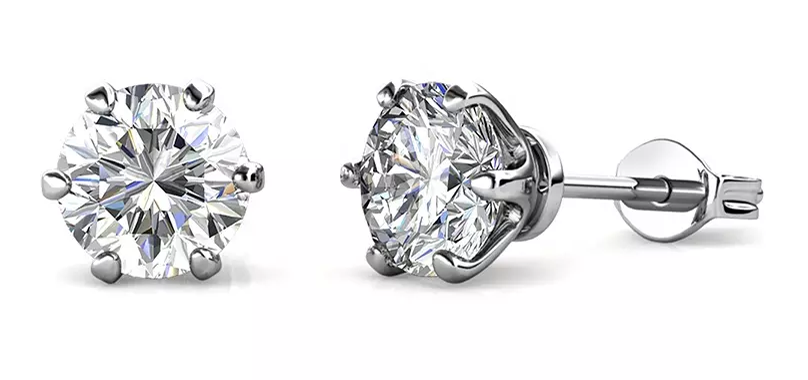
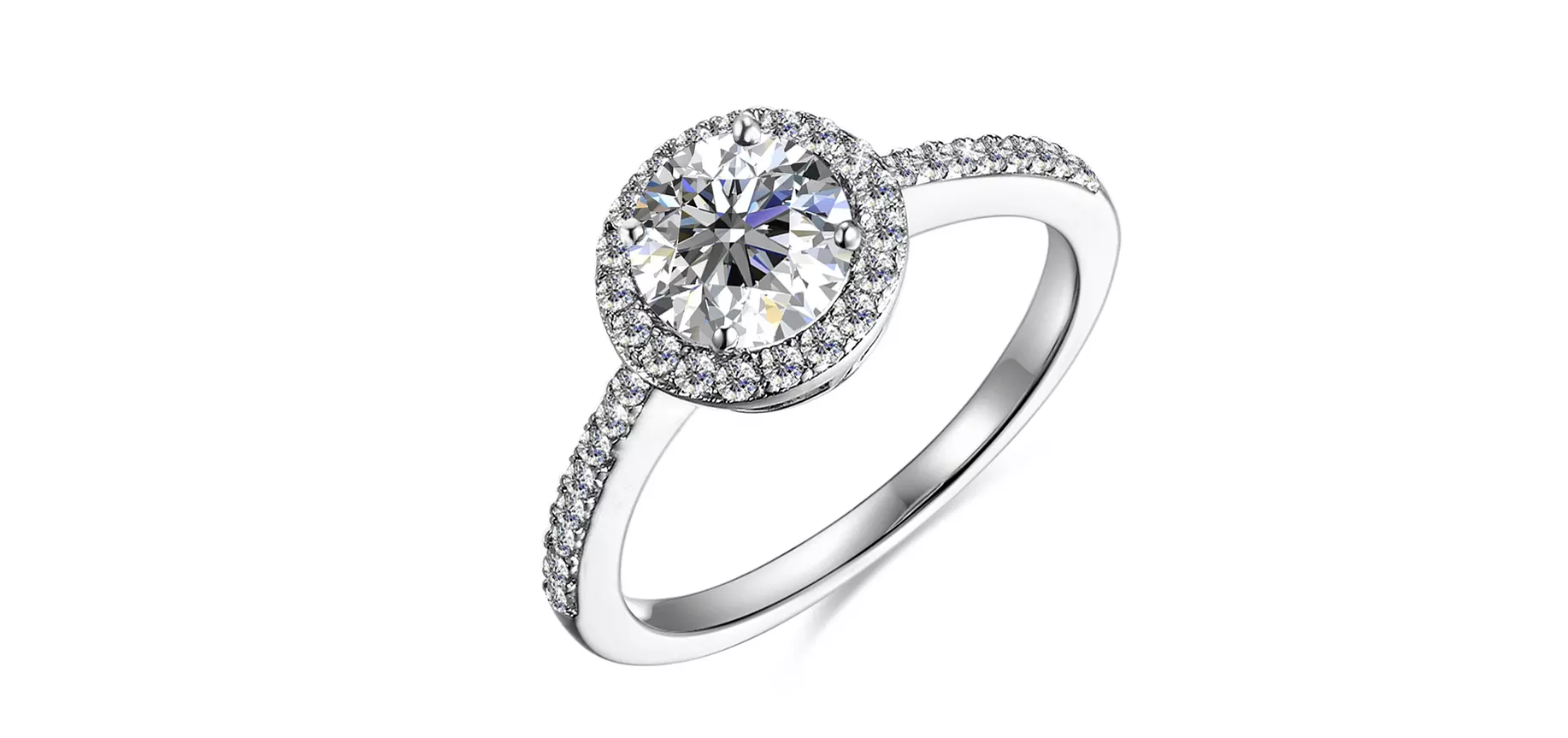
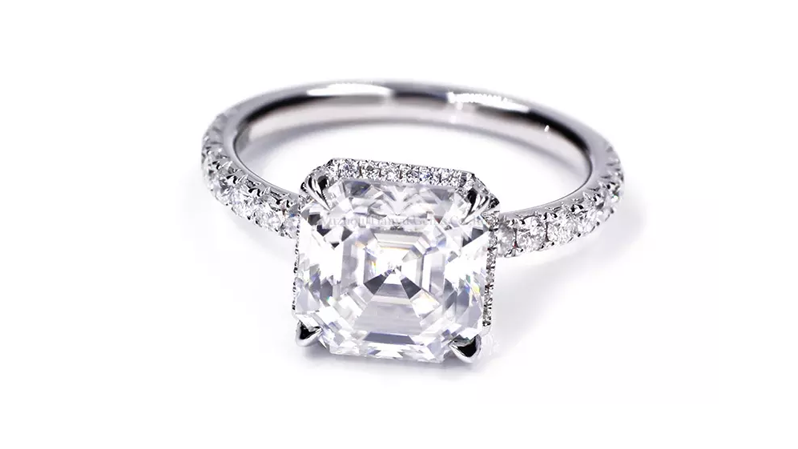
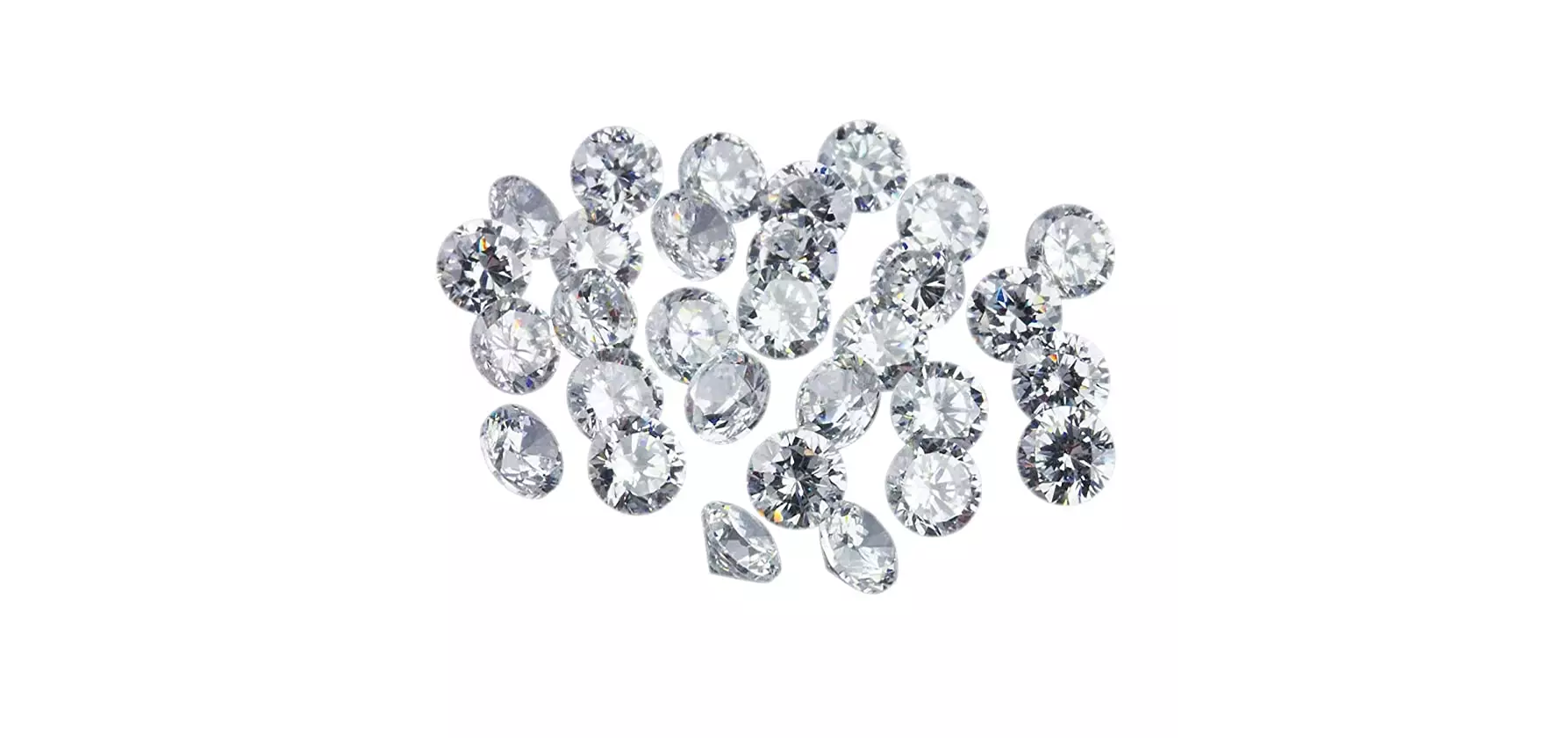
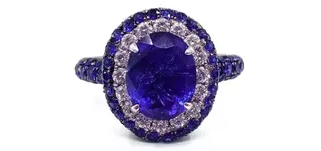
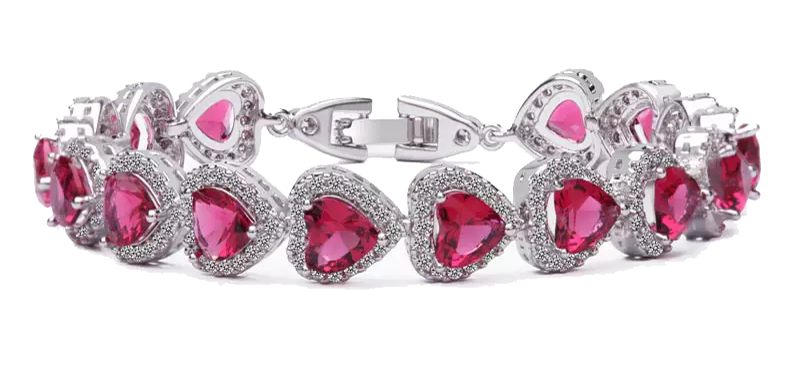
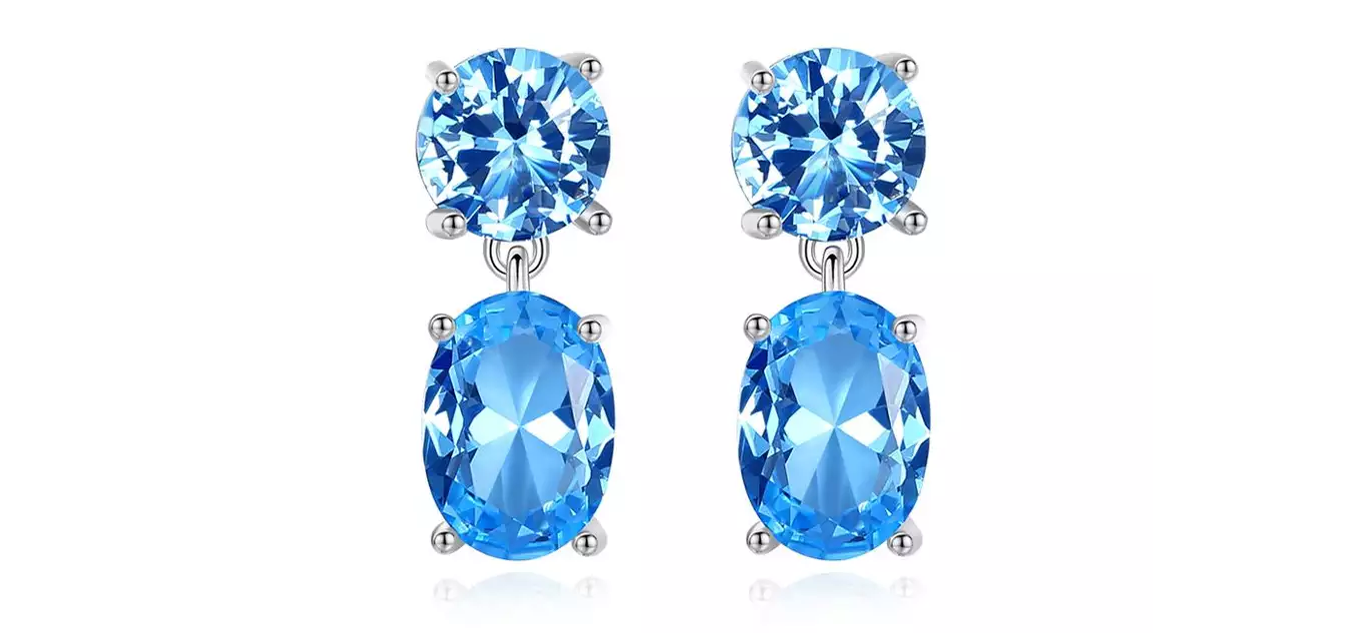
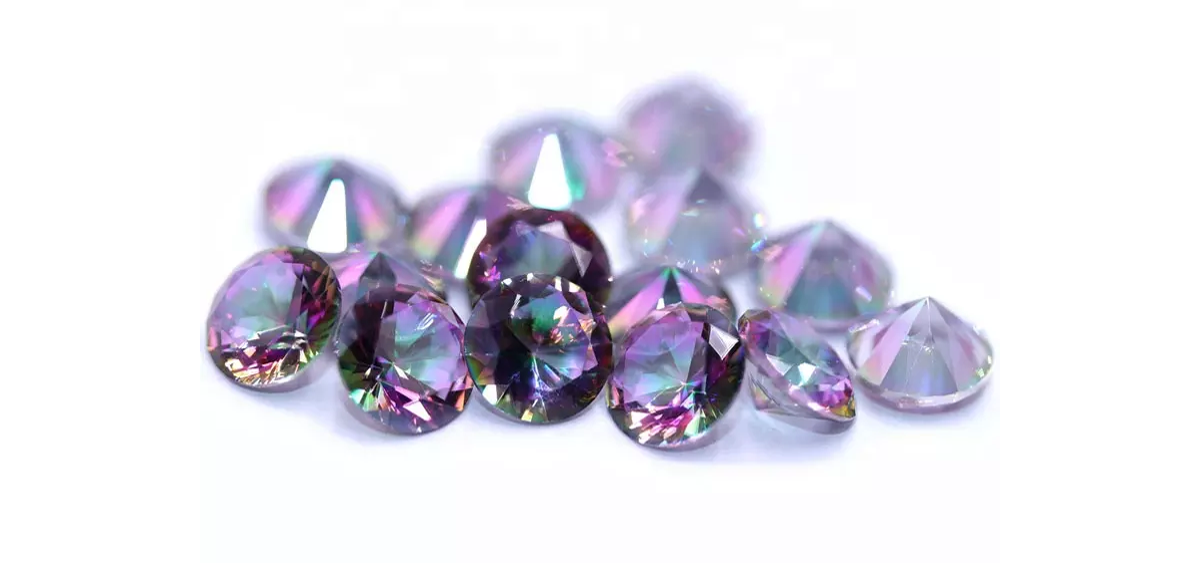
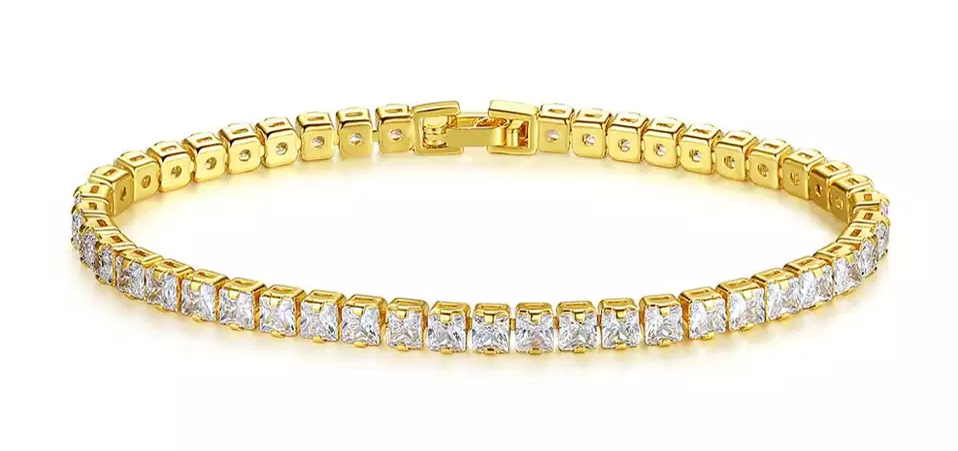
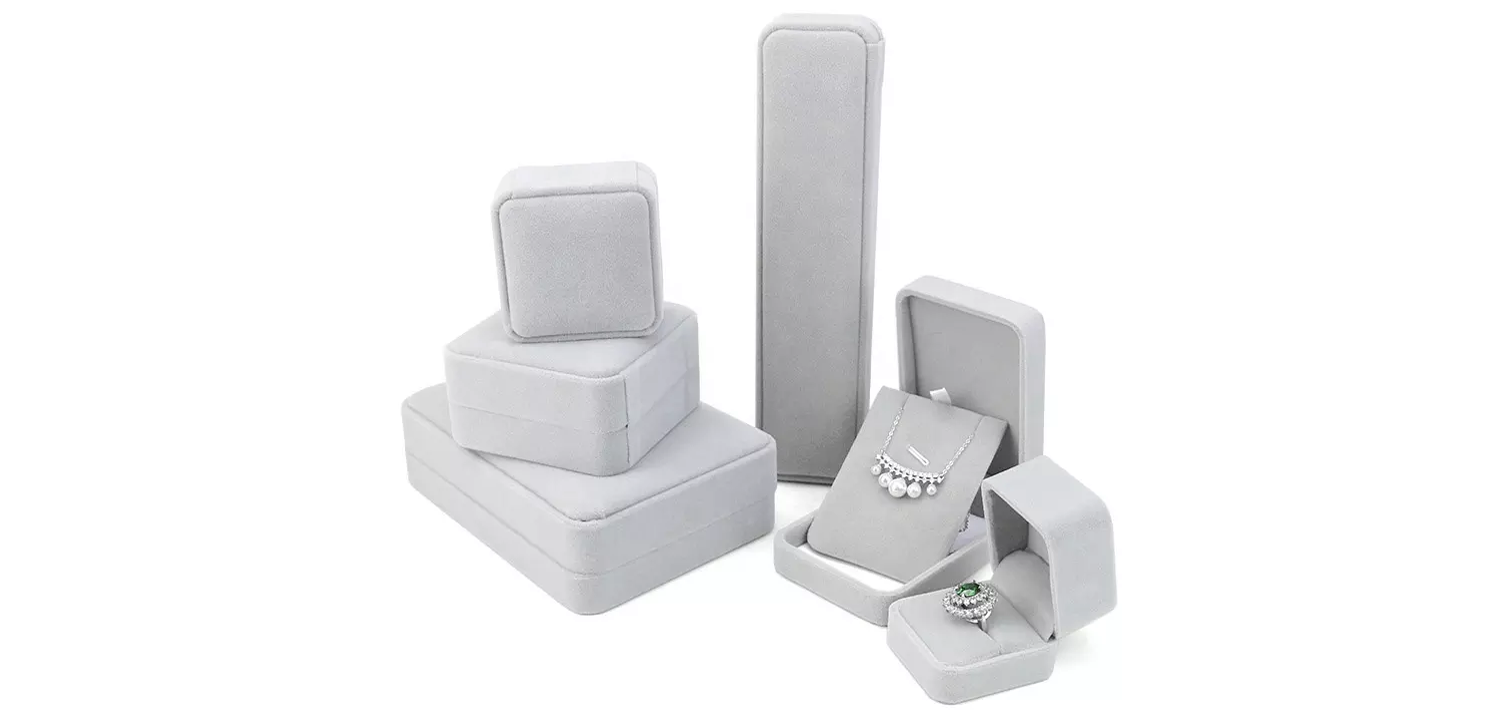
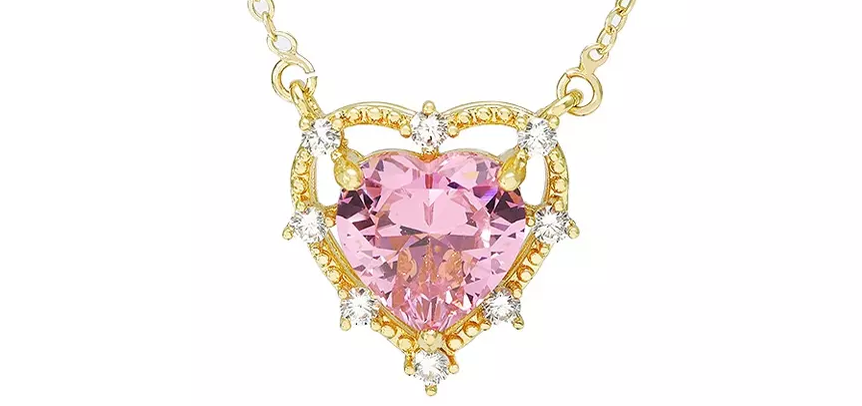
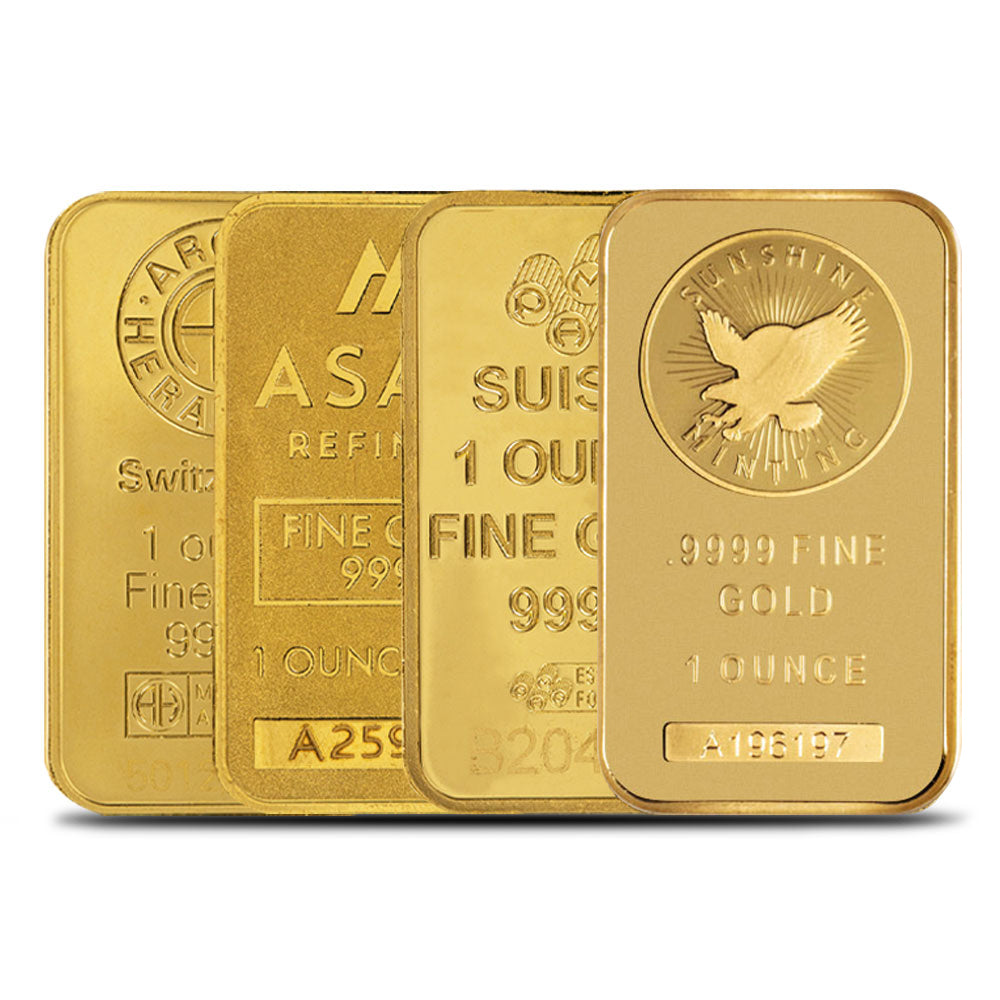
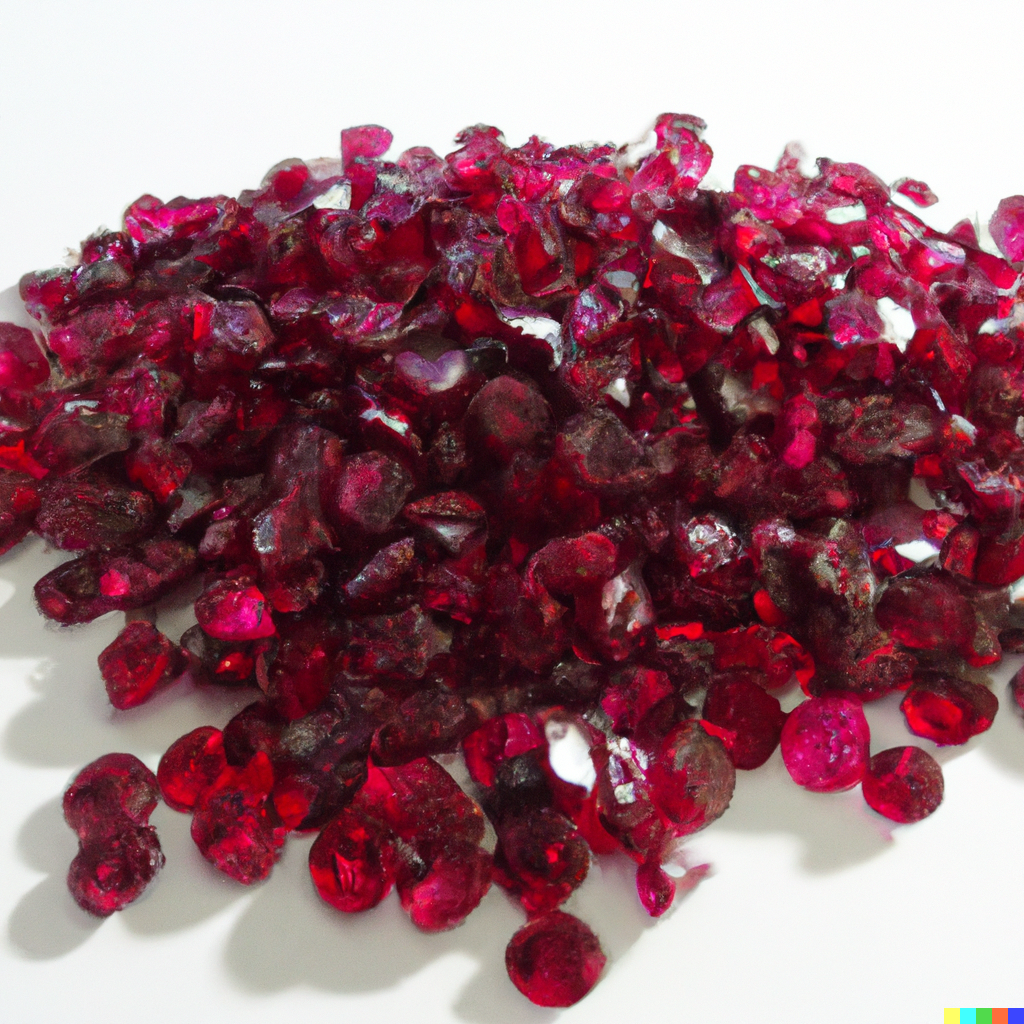
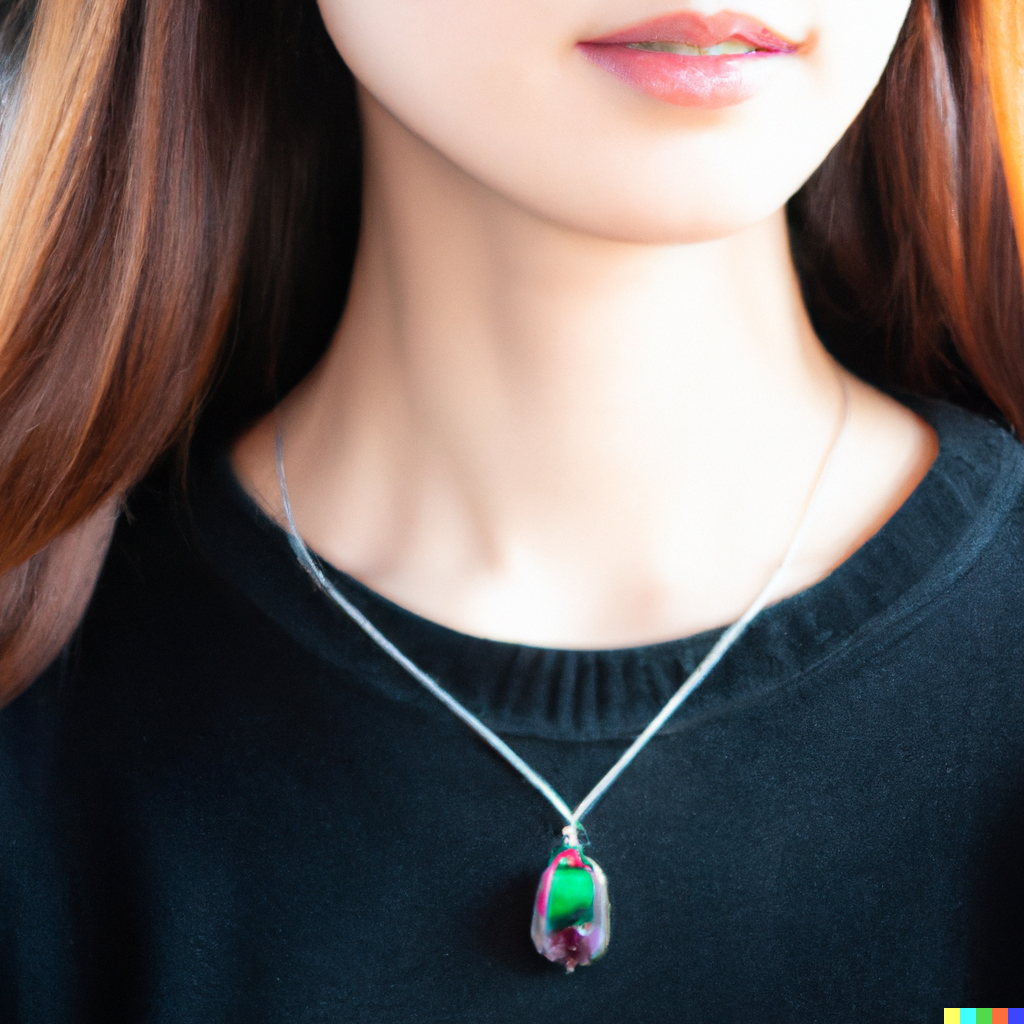
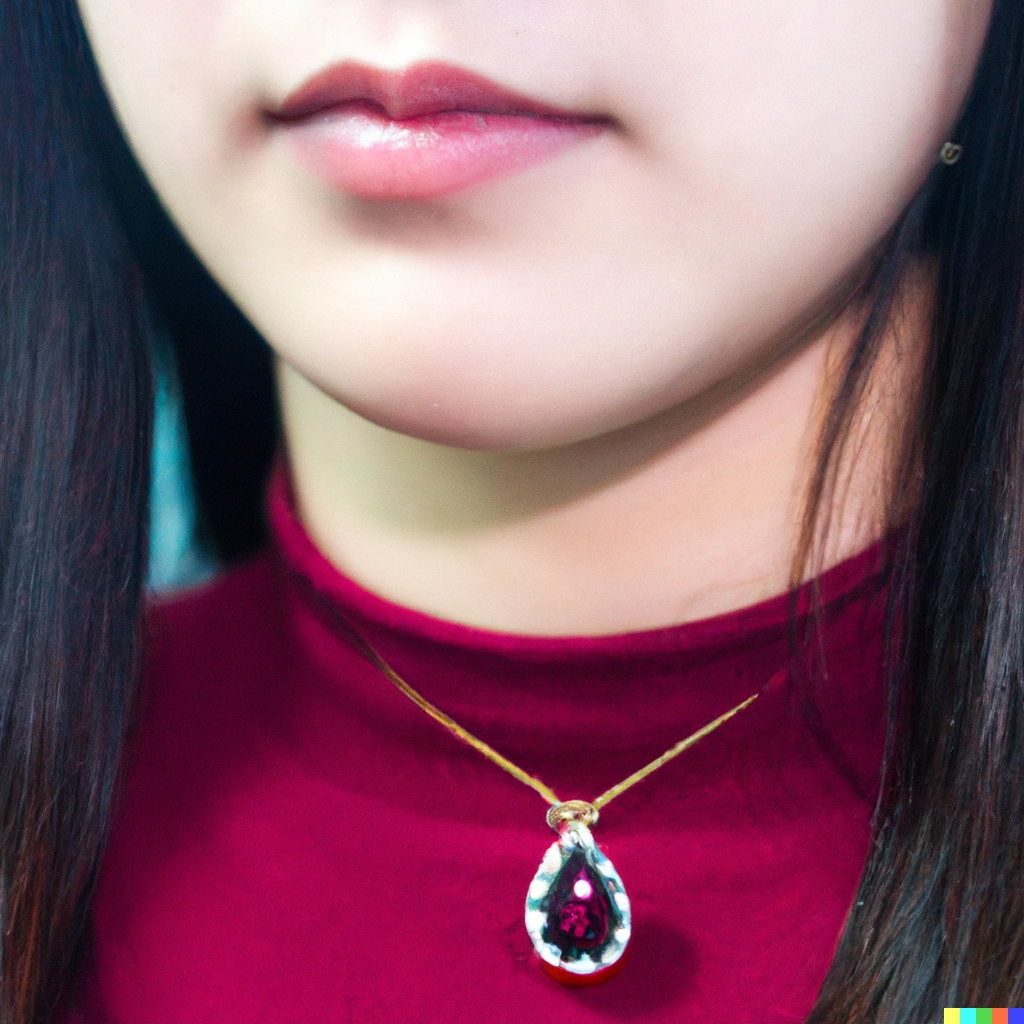
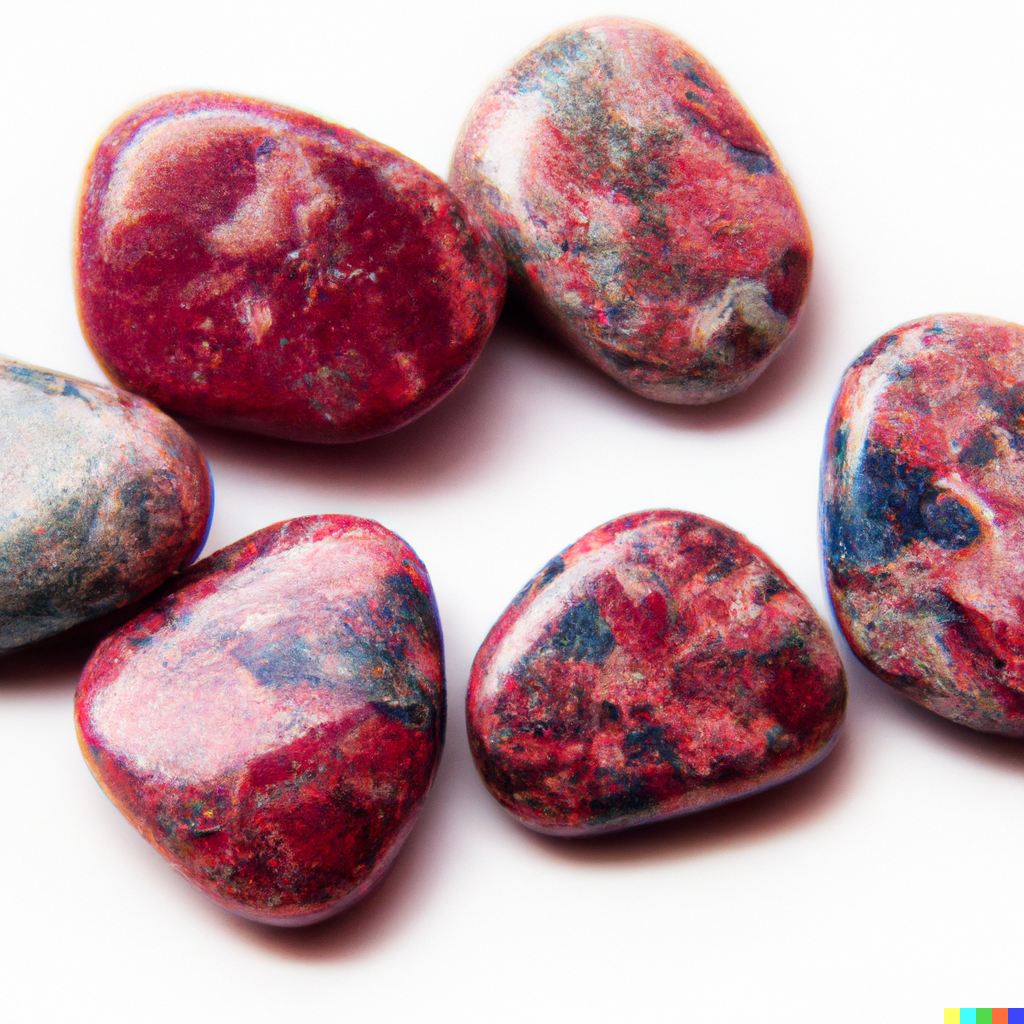
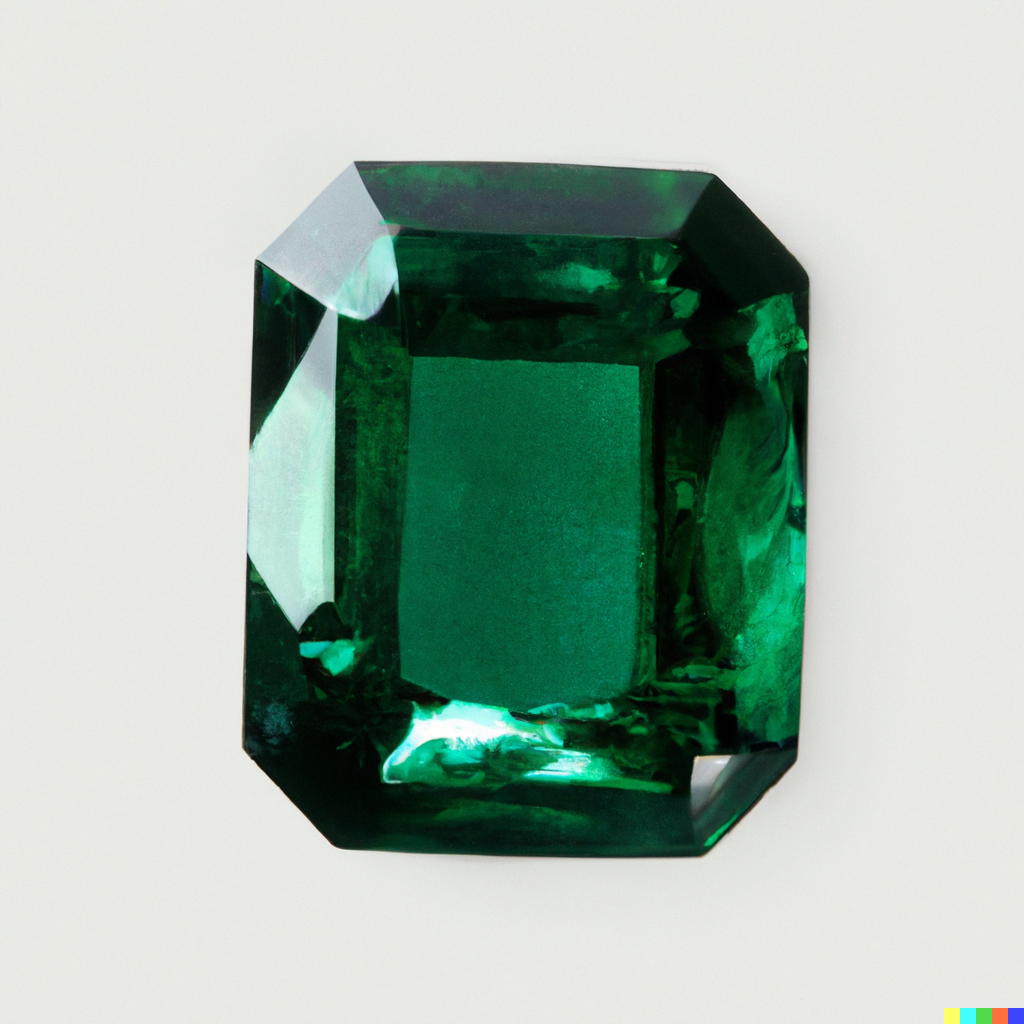
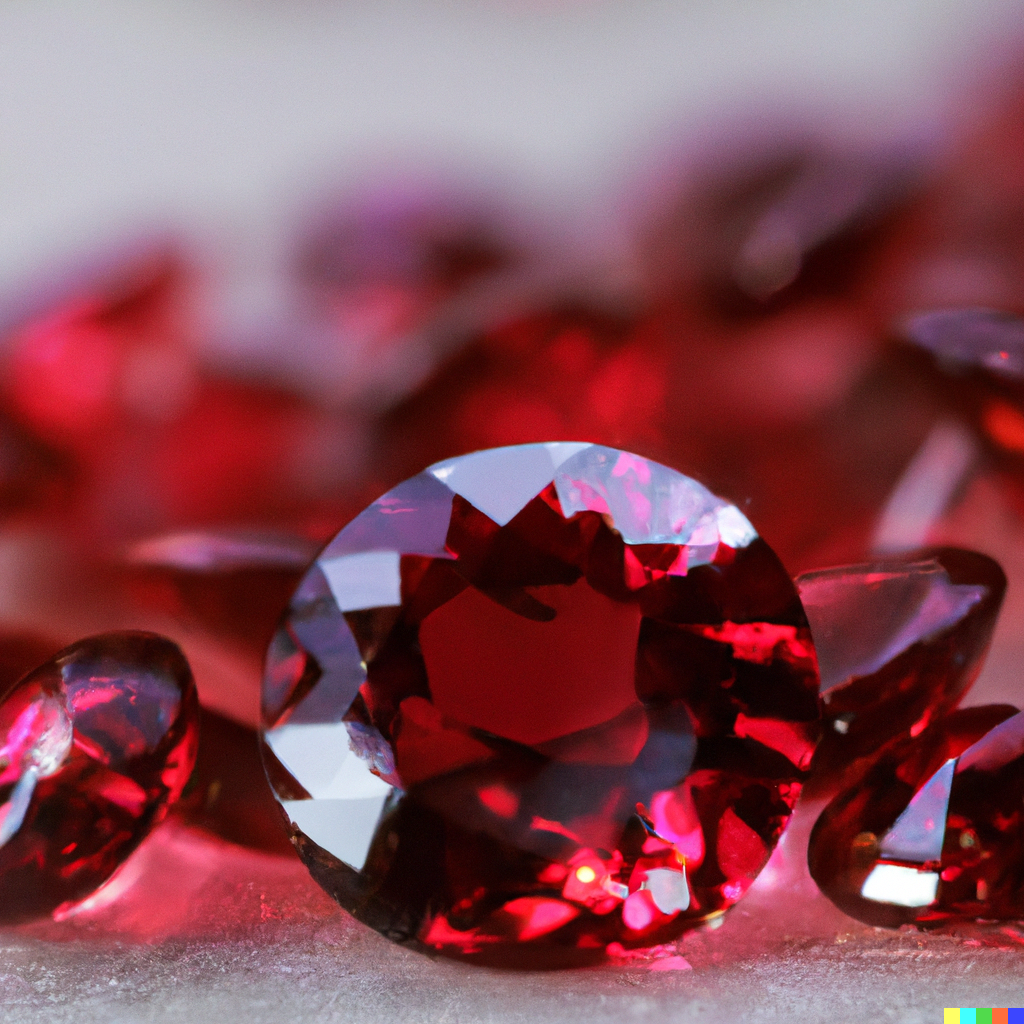
Leave a comment